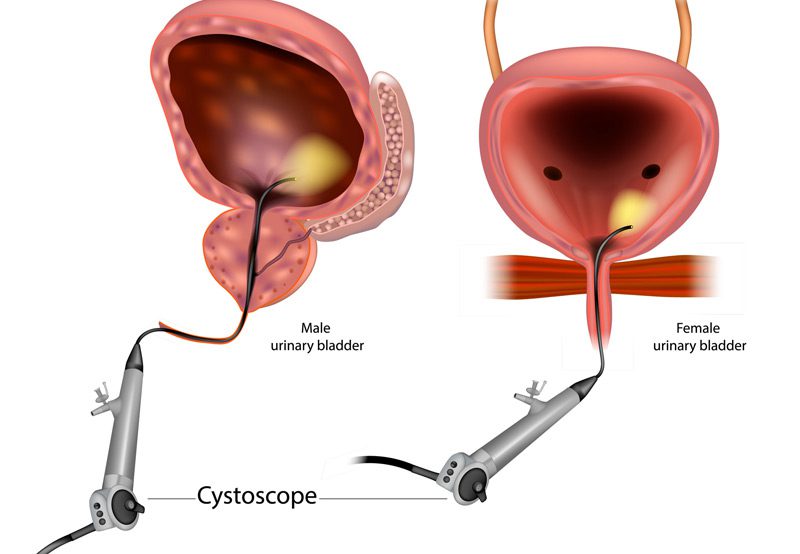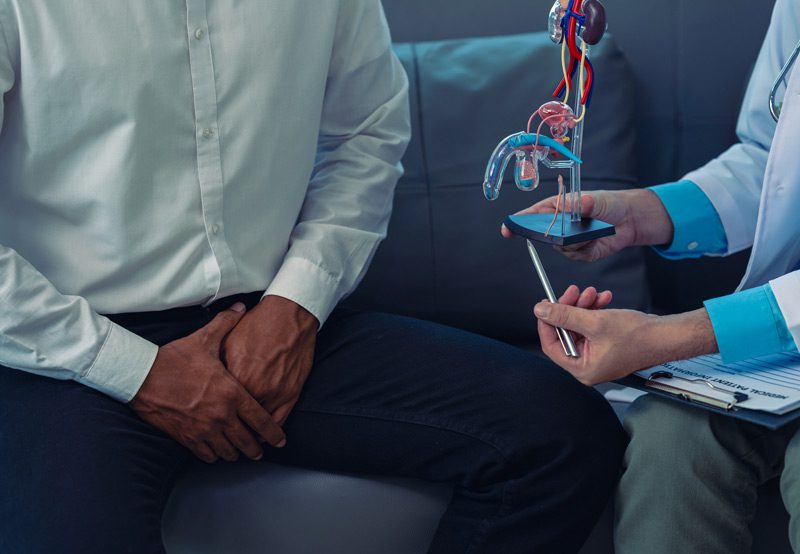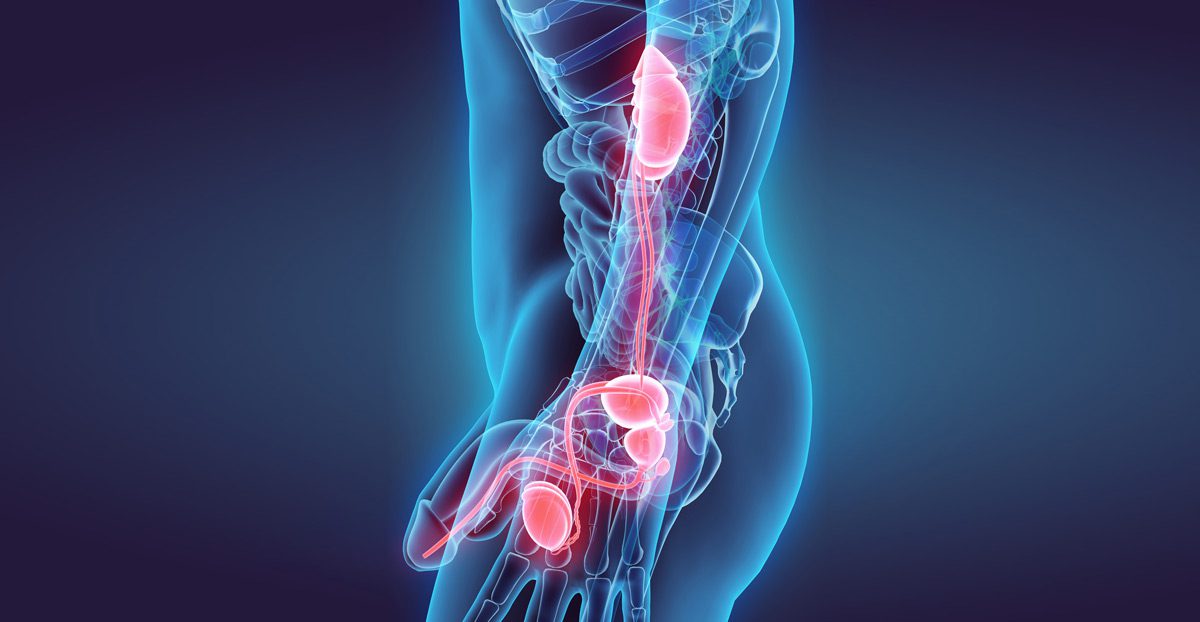

Diagnostic cystoscopy is a procedure used to directly examine the inside of the bladder and urethra using a thin, lighted instrument called a cystoscope. It is commonly performed to investigate the causes of urinary symptoms and to evaluate or monitor various urologic conditions. The procedure is minimally invasive and typically done in an outpatient setting under local or mild sedation.
When Is Diagnostic Cystoscopy Needed?
Diagnostic cystoscopy may be recommended to evaluate:
- Hematuria: Visible or microscopic blood in the urine.
- Urinary Tract Infections (UTIs): Especially if recurrent or resistant to treatment.
- Bladder Pain or Irritative Symptoms: Such as urgency, frequency, or burning with urination.
- Urinary Incontinence: To identify structural causes or complications.
- Urinary Retention or Weak Stream: To assess for bladder outlet obstruction or urethral narrowing.
- Bladder Stones or Tumors: To visualize and document abnormalities.
- Urethral Strictures or Scarring: Which can narrow the urinary passage.
- Follow-Up After Urologic Surgery or Cancer Treatment: To monitor healing or detect recurrence.

How the Procedure Is Performed
Diagnostic cystoscopy involves the following steps:
- Preparation: Patients are asked to empty their bladder before the procedure. A local anesthetic gel is applied to the urethra to reduce discomfort.
- Insertion of Cystoscope: The physician gently inserts the cystoscope through the urethra into the bladder. Flexible cystoscopes are typically used for diagnostic purposes, offering a more comfortable experience.
- Bladder Inspection: Sterile fluid is used to fill the bladder, allowing the walls to be clearly visualized. The urologist examines the urethra, bladder lining, and bladder neck for signs of inflammation, stones, tumors, or other abnormalities.
- Sample Collection (if needed): If a suspicious area is found, the physician may take a small biopsy for further evaluation.
The entire procedure usually takes less than 15 minutes.
What to Expect After Cystoscopy
After the procedure, patients may experience:
- Mild Burning or Discomfort: While urinating, usually lasting 1–2 days.
- Increased Urinary Frequency or Urgency: Due to bladder irritation.
- Slight Blood in the Urine: A small amount is common and not a cause for concern.
- Return to Normal Activity: Most patients resume their daily routine immediately, although heavy exertion is discouraged for 24 hours.
Rare complications may include infection or persistent bleeding, which should be reported to the physician.
Next Steps
If you’ve been experiencing unexplained urinary symptoms, your urologist may recommend a diagnostic cystoscopy to better understand the underlying cause. This quick and well-tolerated procedure provides valuable insight that guides accurate diagnosis and effective treatment planning.
